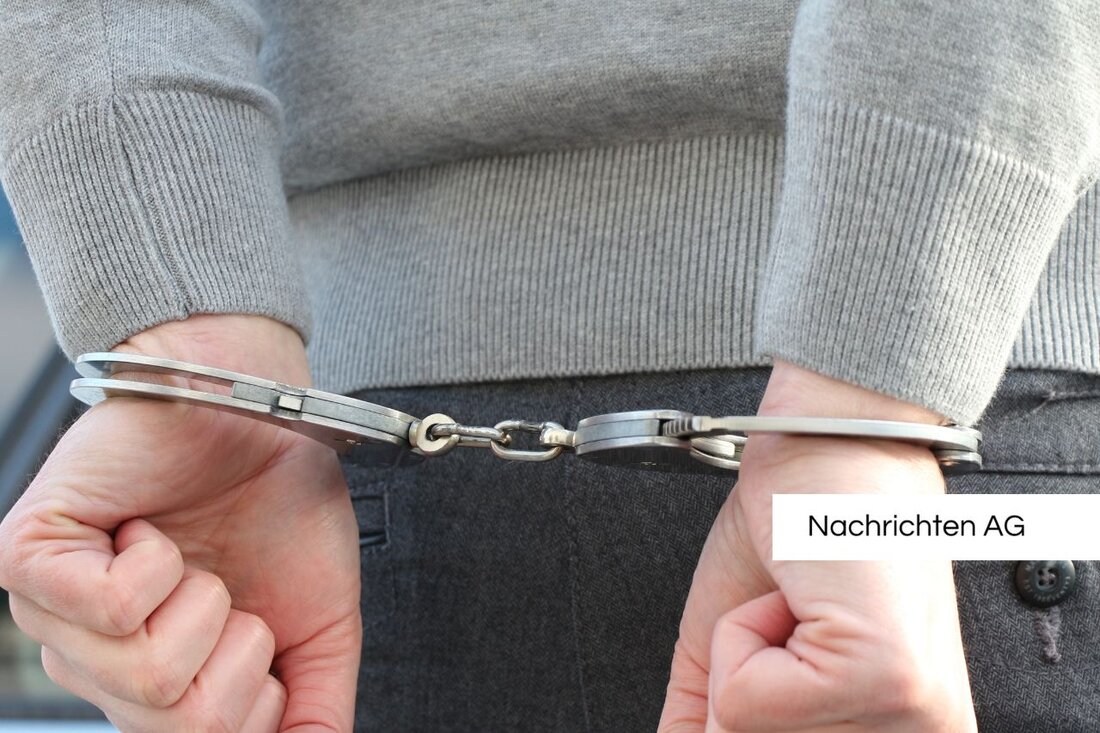64 years of building the Wall: Remembering the victims of division in Berlin!
On August 13, 2025, Berlin will commemorate the building of the Wall 64 years ago with wreath-layings and prayers at historical sites.

64 years of building the Wall: Remembering the victims of division in Berlin!
On August 13, 2025, Berlin and Brandenburg will commemorate the building of the Wall, which was initiated by the GDR leadership 64 years ago. The central memorial is located on Bernauer Strasse, where a service is planned in the Chapel of Reconciliation. The ceremony includes the laying of a wreath by the Governing Mayor of Berlin, Kai Wegner (CDU), and other commemorative events that take place at various locations, including the Griebnitzsee Wall Memorial in Potsdam and the Glienicke Bridge.
The focus of the commemoration is also the memory of the fate of Peter Fechter, who was shot while trying to escape in 1962. A wreath will also be laid at the memorial stele for him. Fechter has become a symbolic figure for the many people who lost their lives at the Berlin Wall, which underlines the importance of today's remembrance.
History and significance of the building of the wall
The construction of the Wall on August 13, 1961 was a response by the GDR leadership to the massive flow of refugees that had continued since the end of the Second World War. Between 1949 and 1961, around 2.7 million people left the GDR, many of them young adults. The SED justified the construction of the wall as an “anti-fascist protective wall” to protect itself from the supposed influence of Western countries. However, this move led to a drastic division not only of the city, but also of families and friendships.
On the morning of August 13, 1961, the border was temporarily sealed. In view of the massive escape movements, the SED leadership decided to tighten controls with a surprise attack on a Sunday. In the following weeks, barbed wire became a concrete wall, and the inner-city wall was ultimately 43.1 kilometers long.
Consequences and victims of the wall
In the more than 28 years of its existence, the wall claimed more than 140 lives in attempts to escape. Hundreds were injured or arrested, highlighting the human cost of the wall regime. The deaths and suffering of people, as in the case of Peter Fechter, are tragic memories that have entered the nation's collective memory.
Today, Remembrance Day consists not only of ceremonies, but also of a critical look at the history of the Berlin Wall. The construction of the Wall was presented by the GDR leadership as a necessity, but the reality was one of violation of human rights and untold human suffering. Remembering these times is crucial for understanding our common history and for the commitment to freedom and human rights.
For many, the building of the Wall is not just a historical date, but a symbol of division and the challenges that result from this past. Today's commemorative events provide space for reflection and the opportunity to learn lessons from history.
The commemorations also extend to Brandenburg, with a central event in the afternoon in Seeburg, where the President of the State Parliament Ulrike Liedtke (SPD) and the Deputy Prime Minister Robert Crumbach (BSW) are expected. In this time of remembrance, the question of the responsibility of the past becomes particularly relevant.
Overall, the days of remembrance like today are crucial to keep the memory of the events of the past alive and to uphold the values of freedom and democracy that are now taken for granted after reunification.
Further information can be found on the websites of rbb24, Berlin.de on the Peter Fechter memorial and Berlin.de on the construction of the wall find.

 Suche
Suche
 Mein Konto
Mein Konto
